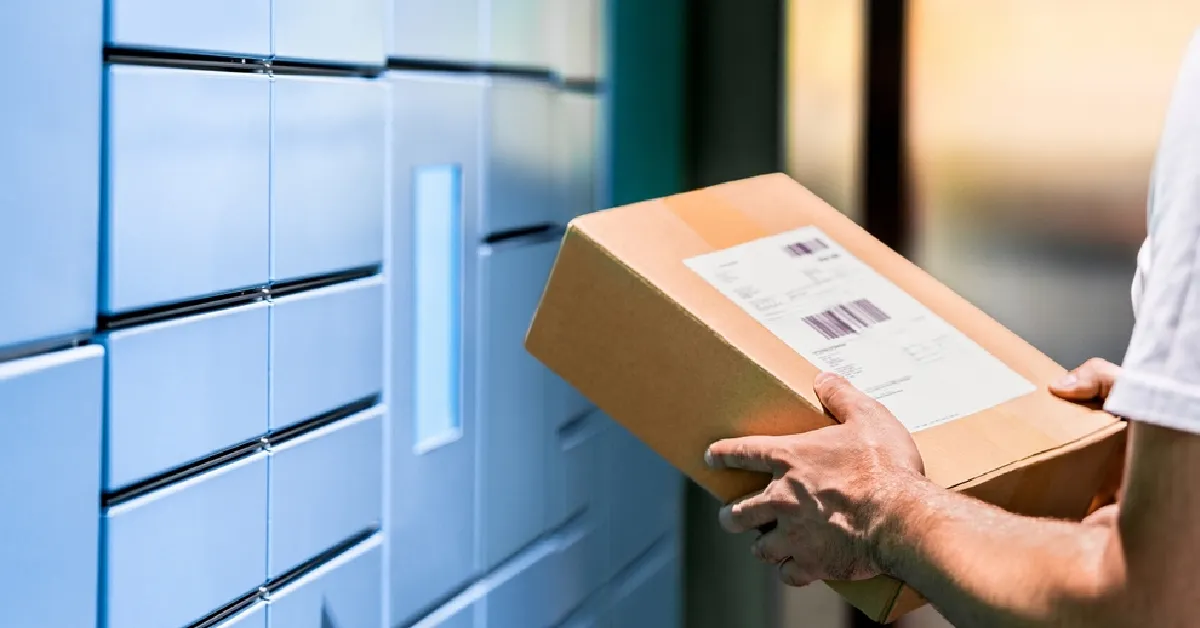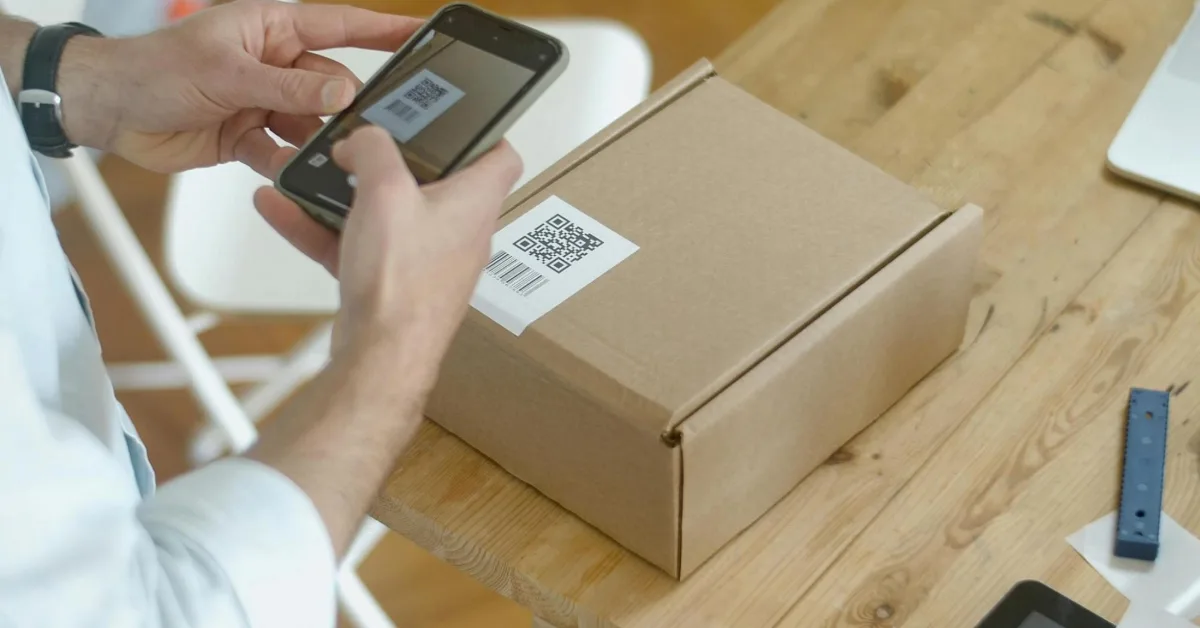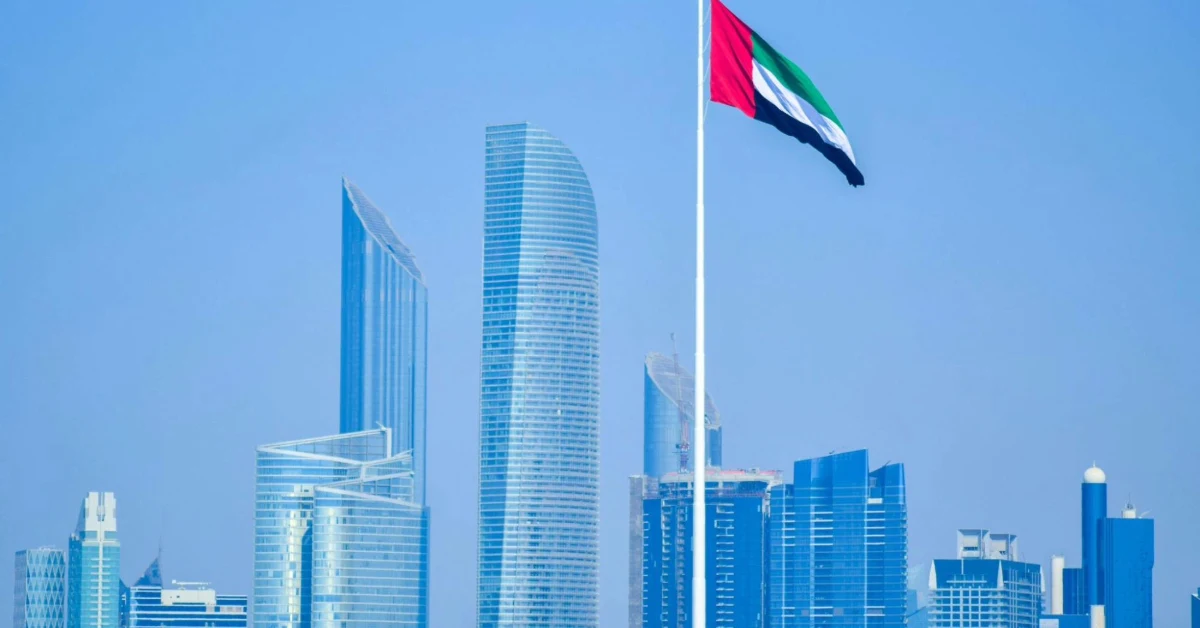Dubai has luxurious neighbourhoods, well-connected business hubs, world-class shopping malls, and superior recreation centres. However, one thing that often surprises newcomers is the absence of zip or postal codes. This can confuse those accustomed to using a zip code for mail and deliveries.
Despite not using the conventional postal code system, Dubai’s postal operations run smoothly. Initially introduced to organise and sort mail in the United States, Zip codes were never adopted by Dubai or the wider UAE.
This article explains the zip code of Dubai and how the postal system operates efficiently.
- What is a zip code?
- How do I receive mail in Dubai?
- What is zip code in Dubai?
- Where Can You Find the Most Central Areas in Dubai?
- How is Dubai divided for administrative purposes?
- Emirates Post: Group Head Office contact details
- Tips to better understand a Dubai address
- Key takeaways
- FAQs
What is a zip code?
A zip code identifies specific delivery areas with a numerical postal code, helping postal services sort and deliver mail efficiently. In many countries, affluent neighbourhoods use distinct postal codes, which often serve as status symbols.
Typically, a zip code consists of five to nine digits assigned to a particular location for postal purposes. The term “ZIP” stands for Zone Improvement Plan, a system introduced by the United States Post Office Department (now known as the U.S. Postal Service) to streamline mail distribution.
Most countries use a postal or zip code system to manage mail delivery. However, Dubai does not follow this conventional system. Despite this, the city maintains a highly reliable and efficient postal service, ensuring that letters and packages reach their destinations on time.

How do I receive mail in Dubai?
You may wonder how people in Dubai receive or send mail without a traditional zip code. In the UAE, residents rely on a P.O. Box number issued by Emirates Post Dubai, the government’s official postal authority. A P.O. The P.O. Box system provides a private and secure location for mail collection and serves as the standard postal method across Dubai.
Both individuals and businesses are required to register for a P.O. Box if they need a physical mailing address. The process is straightforward; you can visit the nearest Emirates Post Office and complete a short registration procedure. During your visit, you’ll need to present certain documents, including a valid Emirates ID, a copy of your passport, and a recent passport-sized photograph.
The annual rental fees for a P.O. Box in Dubai typically range between 300 AED and 1,000 AED, depending on your chosen plan. Home delivery services are also available for those opting for an upgraded package.
Alternatively, the process can be completed online via Emirates Post’s official website. Through the “MyBox” service, you can complete your application, upload the necessary documents, and pay the subscription fee electronically. Once your application is approved, you will receive a confirmation containing your new P.O. Box details.
What is zip code in Dubai?
Dubai uses a system that differs from the traditional zip or postal code arrangement. While filling out online forms, you cannot proceed without entering details like a Dubai zip code. At such times, you may enter placeholders like five zeroes (00000), five nines (99999), or NA, where a zip code is sought online.
The Dubai Municipality has designed a digital address system to help residents and tourists navigate the city easily using GPS. Under this Makani system, which is applicable throughout the UAE, a unique 10-digit number is assigned to each location and building, facilitating precise digital navigation.
Where Can You Find the Most Central Areas in Dubai?

Dubai’s central locations are home to some of the city’s most sought-after addresses. They offer excellent connectivity, luxury living, and proximity to primary business and lifestyle hubs. Below is an overview of the key central areas in Dubai.
1. Deira
Deira is one of Dubai’s oldest and most culturally vibrant districts, where tradition meets modernity. The area is famous for its traditional markets, which offer a glimpse into Dubai’s rich trading history.
2. Al Fahidi (Historical Neighbourhood)
This historically preserved neighbourhood provides a glimpse into old Dubai. It stands out with its traditional buildings and wind-tower architecture.
3. Downtown Dubai
As the city’s central hub, Downtown Dubai has a mix of commercial, residential, hospitality, and leisure spaces. These include the Dubai Mall and Burj Khalifa.
4. Dubai Marina
Dubai Marina is an iconic landmark with its beautiful and luxurious architecture. It is a place where you can see yachts while indulging in water sports and more. It offers a dynamic and leisurely lifestyle.
5. Jumeirah Beach Residence (JBR)
JBR is a popular coastal area in Dubai with iconic landmarks. This family-friendly neighbourhood offers engaging activities for all members.
6. Bur Dubai
Bur Dubai is the city’s oldest district and is steeped in history. It is best known for the Dubai Creek and the Dubai Museum, two landmarks that showcase the city’s cultural heritage.
7. Sheikh Zayed Road
As Dubai’s main highway, Sheikh Zayed Road serves as a gateway to the city’s luxurious residential areas and major business centres. It also acts as the primary link connecting the seven Emirates. Many properties for rent in Sheikh Zayed Road offer access to key landmarks, shopping destinations, and commercial hubs.
8. Business Bay
Business Bay is one of the most stylish areas in Dubai with world-class architecture, rooftop restaurants, and more. This destination is popular among tourists and businesses.
9. Dubai Design District
Dubai Design District, or D3, is a hub for creativity. The city’s fashion, art, and design industries are located there. This community is buzzing with nightlife, dining, and unique events.
10. Palm Jumeirah
Palm Jumeirah stands as one of Dubai’s most remarkable achievements in modern engineering. It embodies the city’s spirit of innovation and luxury, featuring elegant residences, world-class hotels, and some of the best villas for sale in Palm Jumeirah.
How is Dubai divided for administrative purposes?

Dubai’s neighbourhoods are diverse and multifaceted, reflecting the city’s blend of culture, commerce, and lifestyle. Dubai divides its territory into nine sectors, which it further subdivides into districts or communities.
Sectors 1 to 6 represent the urban parts of the city, while Sectors 7 to 9 cover rural Dubai. These sectors comprise more than 200 districts and communities, encompassing business, residential, industrial, and historic areas. Regarding land area, Dubai is the second-largest Emirate in the UAE.
The business districts host most of the city’s luxury hotels, premium offices, and fine dining venues. Notable examples include Downtown Dubai and Business Bay, which serve as the city’s commercial and financial hubs.
The residential districts are home to many expatriates and families, offering a balance of convenience, leisure, and comfort. Popular areas such as Dubai Marina and Palm Jumeirah feature many attractions, amenities, and easy access to beaches, making them among the most desirable places to live.
Emirates Post: Group Head Office contact details
- Address: Marrakech Street, Garhoud, Dubai, UAE, P.O. Box: 99999
- Telephone: +971 4 230 3000
- Fax: +971 4 214 8884
- Email: customer.care@emiratespost.ae
Tips to better understand a Dubai address
Dubai’s address system is unique, which can initially confuse tourists and new expatriates. The following tips will help you better understand how addresses in Dubai work:
- Each address in Dubai includes a 10-digit Makani number, which provides precise location details such as the building name and neighbourhood. The Makani number is usually displayed near the entrance on a small plaque.
- As Dubai does not follow a traditional street numbering or zip code system, residents must apply for a P.O. Box number to receive mail.
- Courier and delivery services rely on the recipient’s full name, contact number, and complete address, including the building or apartment name, street (if applicable), area or district, and Makani number.
- Knowing major landmarks in Dubai can make navigation much easier. For accuracy, it’s also advisable to use Google Maps.
- Always specify the city and Emirate in your address to avoid confusion.
Key takeaways
Dubai offers a luxurious experience with its upscale neighbourhoods, iconic skyline, and exceptional leisure options. Instead of using traditional postal or zip codes, the city uses a unique P.O. Box system. If a Dubai zip code is required, you can simply enter 00000, 99999, or N/A as placeholders.
Residents and businesses who rely on postal mail must obtain a P.O. Box number. The Emirates Post Office rents these boxes and allows users to apply online through the official Emirates Post website using the “MyBox” service.Dubai uses the Makani system for accurate digital navigation. This system assigns a unique 10-digit code to every building and location in the city.
Dubai is divided into nine sectors and subdivided into over 200 districts and communities. Providing the recipient’s full name, contact number, and complete physical address is essential for courier and delivery services.
FAQs
Dubai does not have a traditional postal or zip code system. It relies on P.O. Box numbers instead.
Yes, the UAE uses P.O. Box numbers instead of conventional zip or postal codes.
For postal mail, you will need the recipient’s P.O. Box number. Couriers and other deliveries can be made when the recipient’s address and contact number are included.
You can use 00000, 99999, or NA.
P.O. Box are mainly used to prevent identity fraud and keep documents secure.